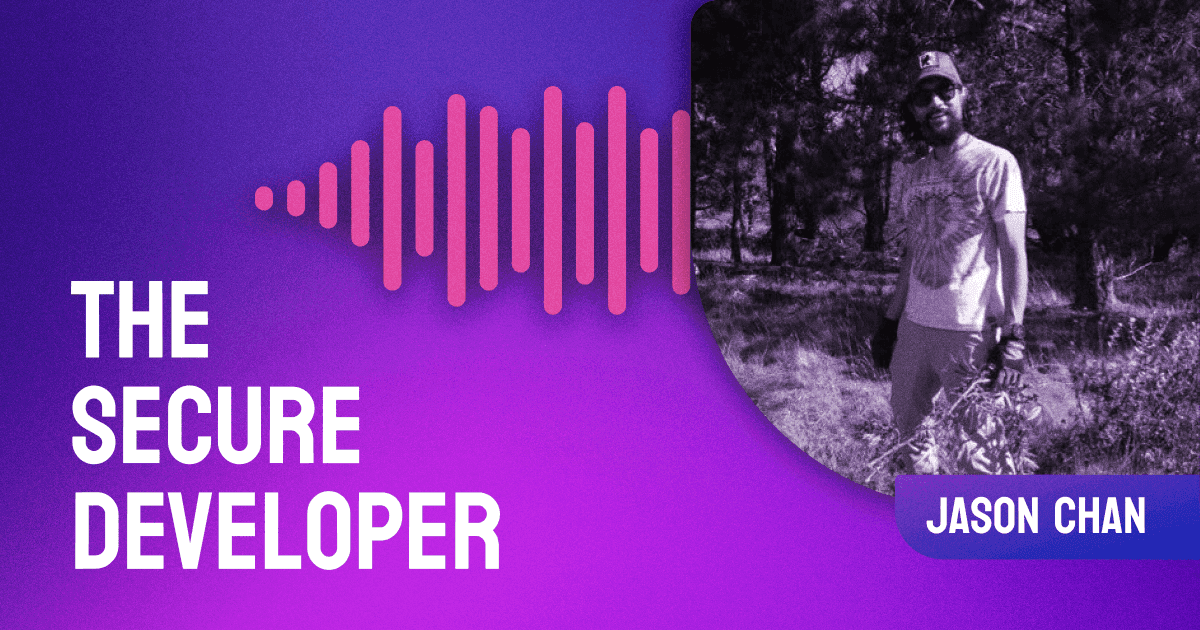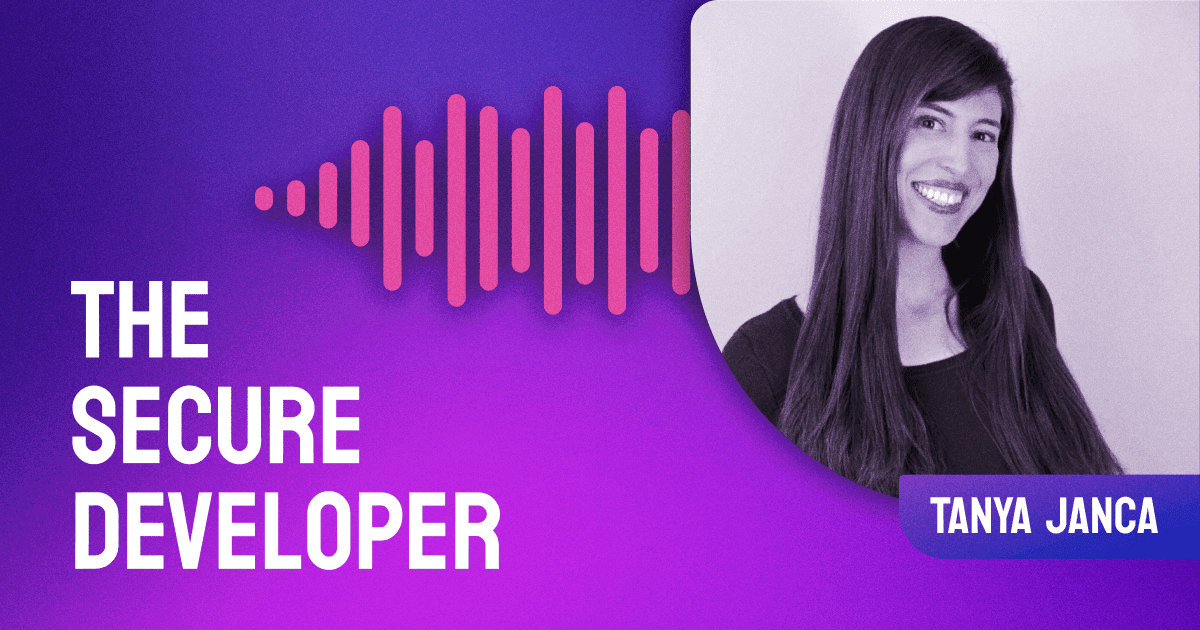In episode 27 of The Secure Developer, Guy is joined by Jeff McAffer, director of Microsoft’s Open Source Programs Office, who shares his insights on how to keep open source projects sustainable and secure for the whole community.
The post Ep. #27, Open Source Security with Jeff McAffer of Microsoft appeared first on Heavybit.





